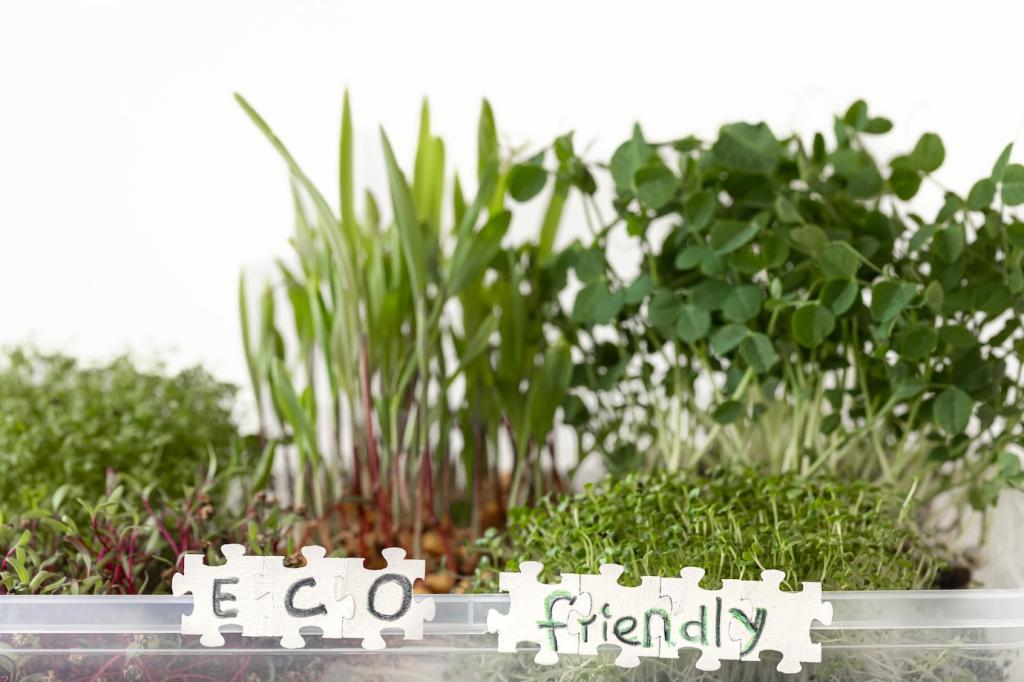Climate-Specific Strategies for Tiny Homes
Aim for well-sealed walls with cellulose or wool, continuous exterior cork, and a smart vapor retarder. Skirting and insulated floors limit wind wash. Comment with your peak winter lows and we’ll suggest target R-values tailored to your region.
Climate-Specific Strategies for Tiny Homes
Combine reflective roofing, vented rain screens, and breathable insulation that can dry. Control interior humidity with an ERV and right-sized dehumidification. Subscribe for our checklist to avoid trapped moisture in coastal or bayou settings.
Climate-Specific Strategies for Tiny Homes
Plan shading, radiant barriers, and nighttime ventilation with tight daytime sealing. Cork’s thermal lag can help flatten temperature swings. Tell us your elevation and typical diurnal range, and we’ll crowdsource best-performing assemblies.
Climate-Specific Strategies for Tiny Homes
Lorem ipsum dolor sit amet, consectetur adipiscing elit. Ut elit tellus, luctus nec ullamcorper mattis, pulvinar dapibus leo.








